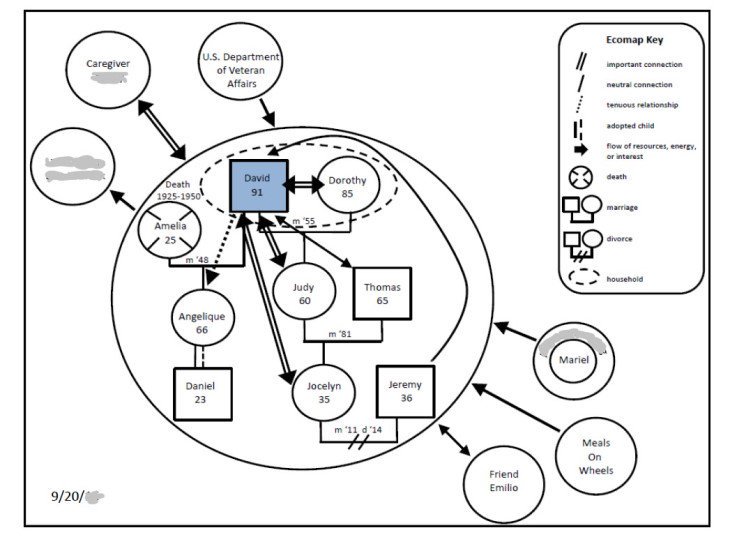mapping healthcare
Author: Harold Jarche
Go to Source
This past year my wife and I have spent a fair bit of time in hospitals and doctors’ offices, helping friends navigate the healthcare system. One thing we have noticed is the siloed nature of medicine here. When you get limited time with a healthcare professional and they have limited time to get up to date on the patient, a lot of information and context slips through the cracks. Add in the fact that many of these professionals do not regularly communicate with each other, and the patient becomes responsible for closing these gaps. This is impossible with patients suffering from dementia or other cognitive challenges. In addition, many family members do not know what information is important and are not able to be effective patient advocates. For example, some information — such as the recent death of a spouse — does not get transmitted and the physician’s diagnosis is based only on the visible symptoms as presented at the time.
This example reminded me of a project we did for a healthcare client in 2004. We conducted an elearning and community of practice initiative for a hospital system as part of the transition to a new nursing care model — from the Henderson to the McGill model. The Province of Québec (healthcare is the responsibility of each Province in Canada) was moving from a patient-centric to a learning-centric nursing framework. As part of our project, we developed software for visual mapping to support the standard patient charts and records. The software was used to create visual models of the patient’s family (genogram) and the patient’s community relationships (ecomap).
A genogram provides a quick view of what can be a complicated set of relationships.

Image: GenoPro.com
An ecomap shows the communal influences in a person’s life.

Ecomap with genogram: @ShimonDCohen
Both of these visualizations can provide more consistent and better information than a quick interview with an often confused patient. In these times of staff shortages in healthcare, we need to improve communication and knowledge-sharing. These two proven tools should be used throughout the healthcare system. These visual references can be continuously updated with each interaction. Having worked with these tools 15 years ago I am shocked that they have not been widely adopted, especially as the technology is so much better now than what we had.
